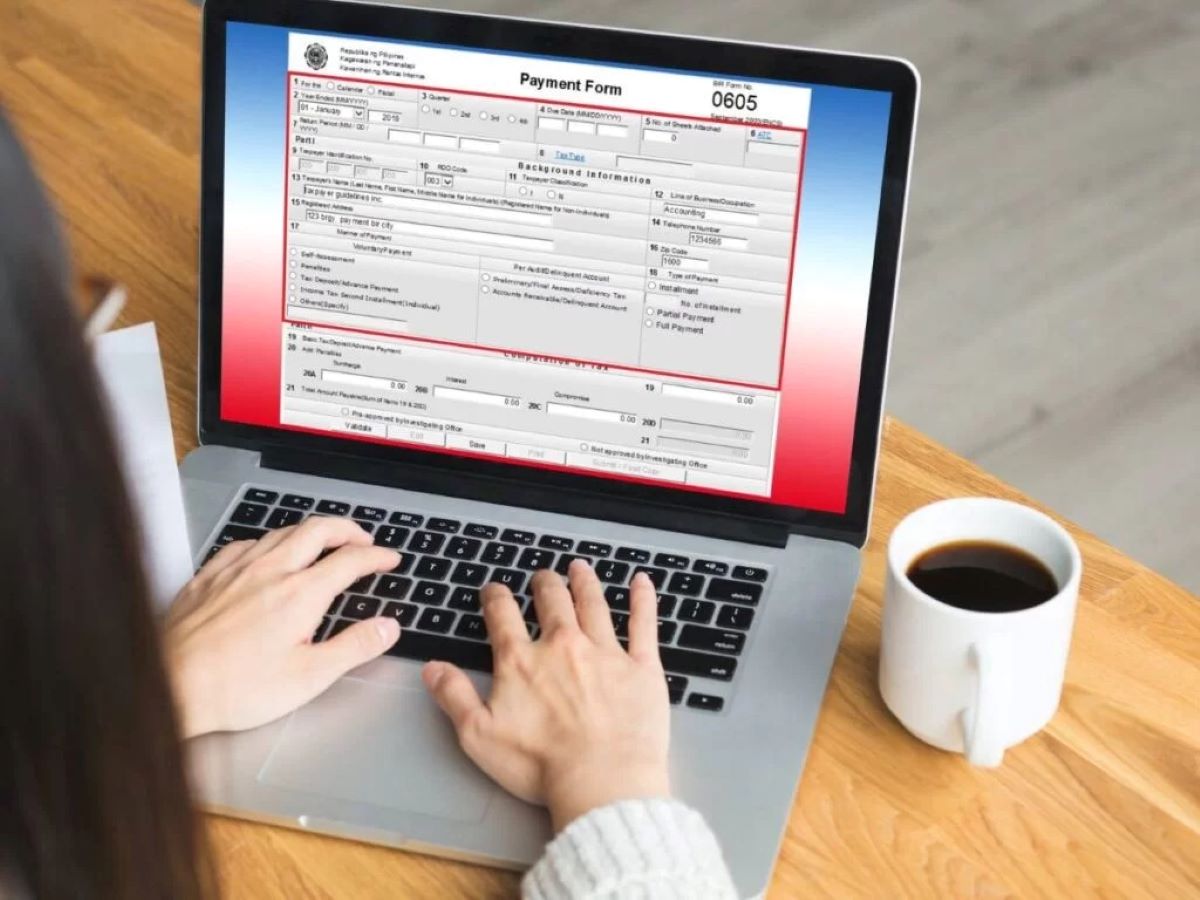

Finance
Zero-Floor Limit Definition
Published: February 20, 2024
Learn the zero-floor limit definition in finance and understand its implications. Discover how it affects financial transactions and budgeting.
(Many of the links in this article redirect to a specific reviewed product. Your purchase of these products through affiliate links helps to generate commission for LiveWell, at no extra cost. Learn more)
The Zero-Floor Limit: Unlocking the World of Finance
Welcome to our FINANCE blog – your go-to source for all things related to personal finance, investing, and financial management. Today, we are delving into a fascinating topic that lies at the heart of financial transactions, the Zero-Floor Limit.
Have you ever wondered what the Zero-Floor Limit is and how it impacts our daily lives? In this blog post, we will demystify this concept and provide you with a clear understanding of its significance in the world of finance.
Key Takeaways:
- The Zero-Floor Limit represents the minimum purchase amount required for a credit or debit card transaction.
- It aims to mitigate the cost incurred by merchants for processing small transactions.
Before we dive into the details, let’s imagine a scenario: you walk into your favorite coffee shop, craving a steaming cup of cappuccino to kickstart your day. As you reach for your trusty credit card to make the payment, you face an unexpected obstacle – the purchase amount is below the Zero-Floor Limit. Suddenly, you find yourself scrambling for cash or resorting to another payment method. It’s frustrating, isn’t it?
The Zero-Floor Limit, also known as the Minimum Transaction Amount, is the minimum purchase requirement that merchants set for credit or debit card transactions. It acts as a safeguard to minimize transaction costs, as merchants often incur fees for each transaction processed. By establishing a Zero-Floor Limit, businesses can protect themselves from bearing the burden of processing small transactions, which may generate minimal profits.
But how does this impact you, the consumer? Let’s explore a few key facets:
- Purchasing Convenience: The Zero-Floor Limit ensures that businesses remain financially viable by encouraging customers to make larger purchases. By consolidating smaller transactions into a single, larger one, companies can streamline their payment processes and offer better service to customers.
- Incentives for Cash Payments: Some small businesses or local merchants may offer discounts or incentives for cash payments to bypass the Zero-Floor Limit. This provides an opportunity for consumers to save money while supporting local businesses.
While the Zero-Floor Limit exemplifies the financial rationale behind its existence, it’s important to note that not all businesses adhere to this practice. Many establishments prioritize convenience and customer satisfaction by accepting card payments regardless of the purchase amount.
In conclusion, the Zero-Floor Limit plays a crucial role in the world of finance, shaping the interactions between companies and consumers. By understanding its purpose and impact, you can navigate transactions more efficiently and be aware of the factors at play. Next time you reach for your card, keep the Zero-Floor Limit in mind and embrace the ever-evolving landscape of financial management.














